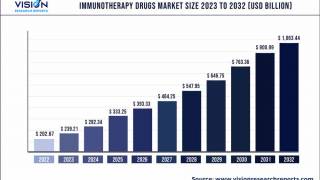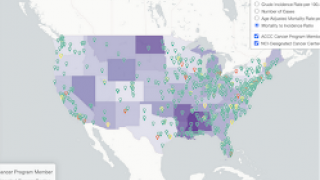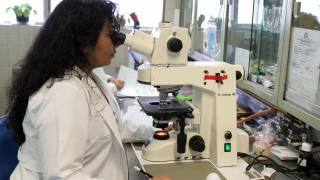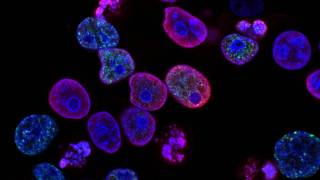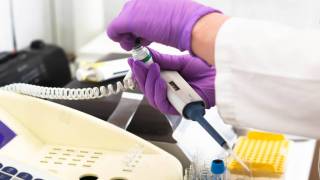Cancer Immunotherapy "Fine-Tuned" With UPenn Algorithm

University of Pennsylvania computer ‘nerds’ said their new algorithm can predict which cancer tumor cells are best to treat.
The problem this innovative UPenn computer model solves is when tumor cells multiply, they often spawn tens of thousands of genetic mutations. Figuring out which tumors are the most promising to target with immunotherapy is like finding a few needles in a haystack.
Now a new model announced on October 9, 2019, was developed by researchers in the Abramson Cancer Center at the University of Pennsylvania which hand-picks those needles so they can be leveraged in more effective, customized cancer vaccines.
Furthermore, this Penn Medicine developed algorithm is already available online, as an open-source technology to serve as a free resource.
"There are mutations in tumors that can lead to powerful immune responses, but for every one mutation that generates a robust response, about 50 mutations don't work at all, which means the signal-to-noise ratio is not great," said the study's lead author Lee P. Richman, an M.D., Ph.D. candidate in Cancer Biology in the Perelman School of Medicine at the University of Pennsylvania.
"Our (computer) model works like a filter that highlights the signal and shows us which targets to focus on,” said Richman in a press release.
Currently, sequencing a tumor and identifying possible immunotherapies is based on a measurement called tumor mutations burden (TMB).
TMBs are essentially a measure of the rate of mutations present in a given tumor.
Tumors with a high rate of mutation are more likely to respond to immunotherapy targeting inhibitors like PD-1. The problem is that as cancer cells divide, they mutate at random, and since they divide exponentially, the potential mutations are almost infinite.
This means that while any given immunotherapy can target some percentage of cancer cells, it may not be enough to be an effective treatment for any given patient.
The Penn team's model looks instead at protein sequences from samples of individual patients and evaluates how much of it looks similar to healthy cells and how much looks different enough that the immune system might react to it.
The more it is dissimilar, the better immunotherapy target it makes because it's more likely to attract and activate therapies with less collateral damage to healthy cells.
The model's prediction is also personalized to each patient's sample.
The team analyzed samples of 318 patients from 5 different clinical trial data sets and not only confirmed the association between dissimilarity and promise as an immunotherapy target but also found that dissimilarity correlated to increased overall survival after PD-1 therapy in patients with non-small cell lung cancer.
"With so many different possibilities of mutations, we essentially boiled the question of which targets to use down to a math problem, then developed an algorithm to solve it," said Andrew J. Rech, M.D., Ph.D., a resident in Pathology and Laboratory Medicine and the study's co-senior author along with Robert H. Vonderheide, M.D., director of the Abramson Cancer Center.
"We also knew it was important to make this model available for other researchers to help inform vaccine development and clinical trials."
These UPenn researchers say in addition to its use in trials, future work will also include applying the tool to more data sets to refine the algorithm.
This study was supported by the National Institutes of Health (R01 CA229803, P30 CA016520) and the Parker Institute for Cancer Immunotherapy. No conflicts of interest were disclosed.
Penn Medicine is one of the world's leading academic medical centers, dedicated to the related missions of medical education, biomedical research, and excellence in patient care.
Cancer Vaccine News published by Precision Vaccinations
Our Trust Standards: Medical Advisory Committee



